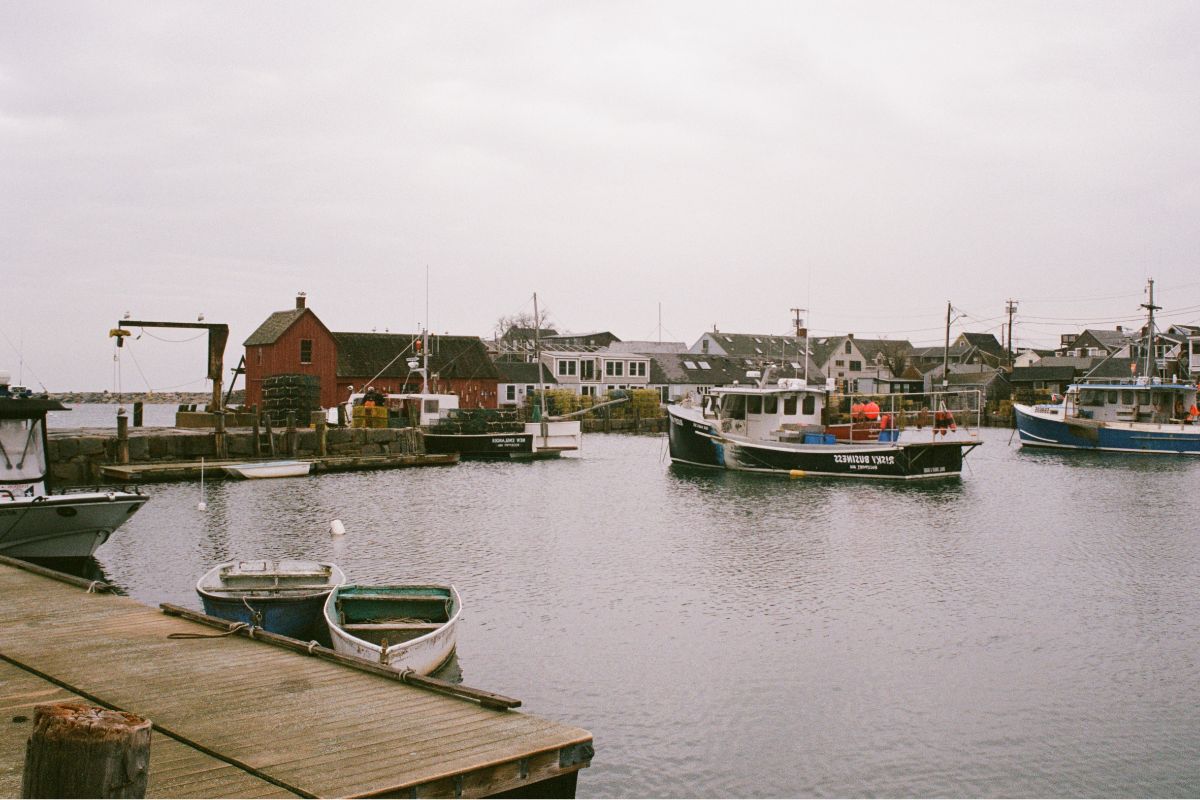Hidden Whaling Stations Of Massachusetts’s South Shore

Have you ever wondered about the hidden history along Massachusetts's South Shore? This area, known for its scenic beauty and charming towns, holds secrets from the past. One of the most intriguing aspects is the whaling stations that once dotted the coastline. These stations played a crucial role in the local economy and culture during the 18th and 19th centuries. Today, many of these sites are forgotten, overshadowed by modern attractions. However, exploring these hidden gems can offer a unique glimpse into the region's maritime heritage. Ready to uncover the stories behind these historic whaling stations? Let's dive in!
Hidden Whaling Stations of Massachusetts's South Shore
Massachusetts's South Shore holds a rich maritime history, especially with its hidden whaling stations. These places, often overlooked, offer a glimpse into the past when whaling was a significant industry. Let's uncover some of these fascinating spots.
1. Duxbury
Duxbury, a quaint coastal town, played a vital role in the whaling industry. Its hidden whaling stations tell stories of brave sailors and their adventures on the high seas.
- Shipyard Lane: This area once bustled with activity as ships were built and repaired for whaling voyages.
- King Caesar House: Now a museum, this historic home belonged to a prominent shipbuilder and whaling merchant.
2. Scituate
Scituate's picturesque harbor hides remnants of its whaling past. The town's whaling stations contributed significantly to the local economy.
- Old Scituate Lighthouse: Overlooking the harbor, this lighthouse guided many whaling ships safely back home.
- Lawson Tower: Though not directly related to whaling, this unique structure offers panoramic views of the harbor where whaling ships once docked.
3. Cohasset
Cohasset, with its rocky coastline, was another key player in the whaling industry. The town's hidden whaling stations are a testament to its maritime heritage.
- Cohasset Harbor: This harbor served as a launching point for many whaling expeditions.
- Minot's Ledge Lighthouse: This lighthouse, built to warn ships of dangerous rocks, also played a role in guiding whaling vessels.
4. Hingham
Hingham's rich history includes its involvement in the whaling industry. The town's hidden whaling stations offer a peek into this bygone era.
- Hingham Shipyard: Once a bustling hub for shipbuilding, this area saw many whaling ships constructed and launched.
- Old Ship Church: The oldest wooden church in continuous use in North America, it served as a place of worship for many whalers and their families.
5. Hull
Hull, a small peninsula town, has its own share of whaling history. Its hidden whaling stations provide insight into the town's maritime past.
- Nantasket Beach: This popular beach was once a site where whaling ships were spotted offshore.
- Fort Revere: Overlooking the harbor, this fort offers views of the waters where whaling ships once sailed.
6. Marshfield
Marshfield's coastal location made it an ideal spot for whaling activities. The town's hidden whaling stations reveal its connection to the industry.
- Rexhame Beach: This beach area was a common sight for whaling ships returning from their voyages.
- Daniel Webster Estate: The historic home of Daniel Webster, a prominent figure, who had ties to the whaling industry.
7. Plymouth
Plymouth, famous for its Pilgrim history, also has a lesser-known whaling past. The town's hidden whaling stations add another layer to its rich history.
- Plymouth Harbor: This harbor was a key location for whaling ships setting out on long journeys.
- Mayflower II: While not a whaling ship, this replica of the Pilgrims' vessel shares the harbor with the ghosts of whaling ships past.
8. Kingston
Kingston's involvement in the whaling industry is often overshadowed by its neighbors. However, its hidden whaling stations are equally significant.
- Jones River Landing: This historic site was once a bustling shipyard where many whaling ships were built.
- Gray's Beach Park: Overlooking the bay, this park offers a serene view of the waters that once saw whaling activity.
9. Norwell
Norwell, though inland, played a role in the whaling industry through its shipbuilding efforts. The town's hidden whaling stations highlight this connection.
- Norwell Shipyard: This shipyard was crucial in constructing vessels for whaling expeditions.
- Stetson Meadows: This area, now a peaceful park, was once a bustling site for shipbuilding and whaling-related activities.
10. Weymouth
Weymouth's coastal location made it a strategic spot for whaling. The town's hidden whaling stations reflect its maritime heritage.
- Weymouth Fore River: This river served as a route for whaling ships heading out to sea.
- Webb Memorial State Park: Offering views of the harbor, this park provides a glimpse into the waters where whaling ships once sailed.
Discovering History on the South Shore
Exploring the hidden whaling stations of Massachusetts's South Shore offers a unique glimpse into America's maritime past. These sites, often overlooked, provide a rich tapestry of stories about the whaling industry that once thrived here. From the bustling ports of New Bedford to the quieter coves of Nantucket, each location has its own tale to tell. Visiting these spots not only enriches your understanding of history but also connects you to the natural beauty of the region. Whether you're a history buff or just looking for a new adventure, the South Shore's whaling stations are worth the trip. So next time you're in Massachusetts, take a detour to these hidden gems. You'll leave with a deeper appreciation for the area's heritage and maybe even a few stories of your own to share.

